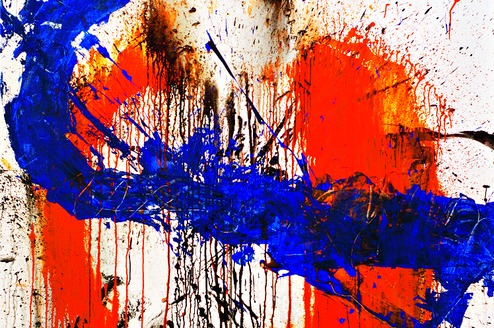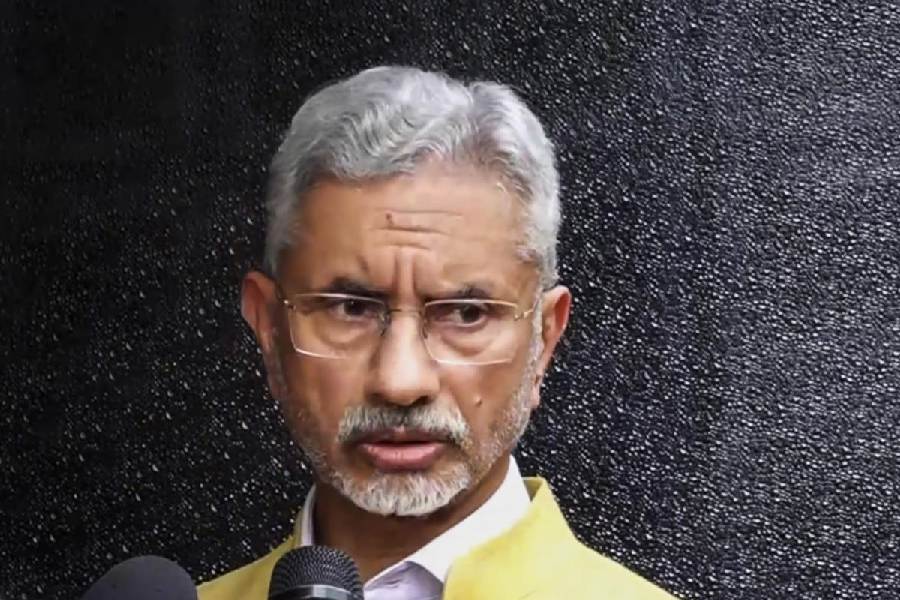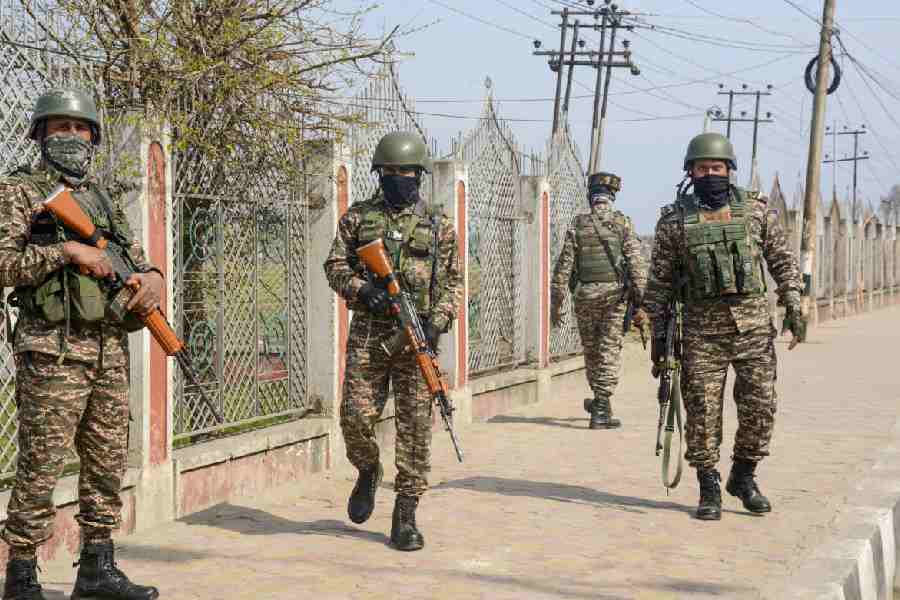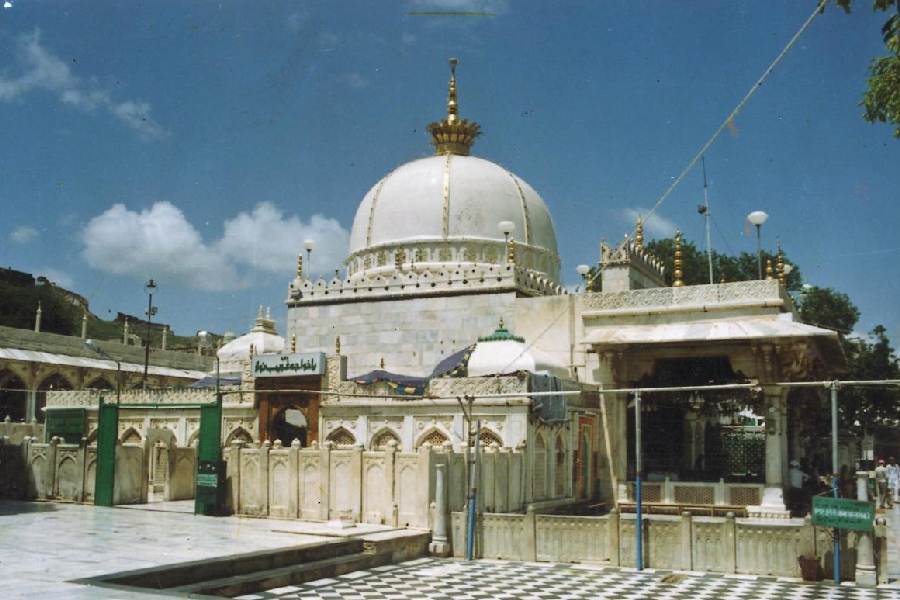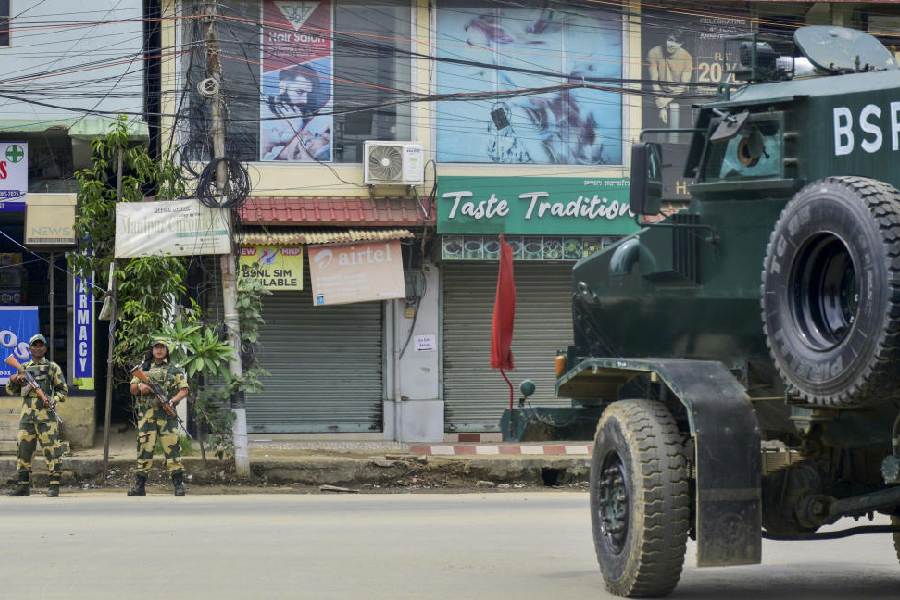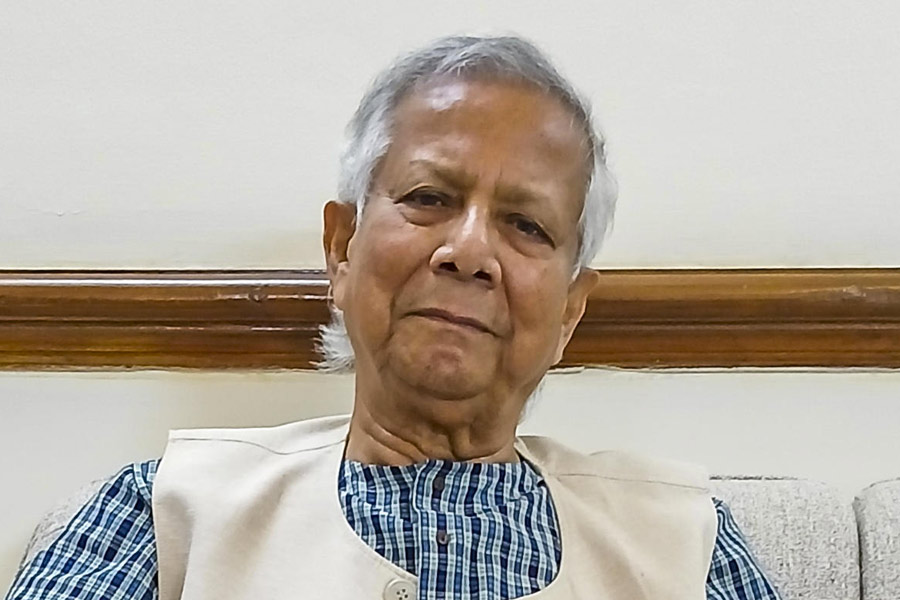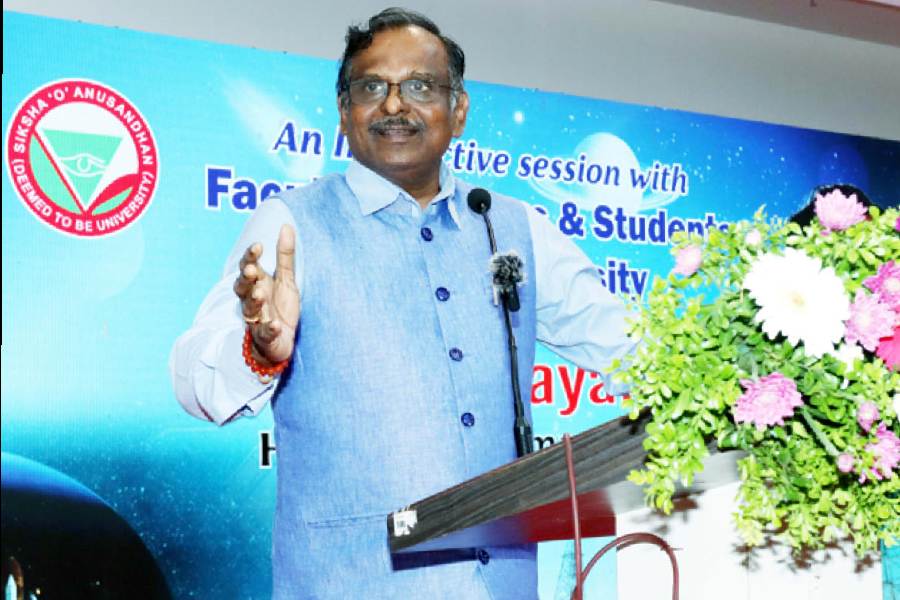

Even before any of the 32 works by 37 artists is seen, the venue itself becomes a smirking, punchy institutional critique that cocks a snook at the aseptic white cubes packaged for commerce. The abandoned shell of the Gem Cinema - darkened, cavernous, in spectacular disrepair, palpably heavy with atmosphere - puts the laziest of reflexes on high alert, sharpening your response as you pick your way along uneven floors, steep steps, low alcoves, straining eyes, ears and sinews. In choosing this site for the second chapter of its 25th anniversary show, Response (January 27-February 28), Cima redefined the established grammar of art display in terms of the momentous shifts nudged by postmodern discourse.
The participating artists and groups let their imagination soar while working with new media and installations. As Pankaj Panwar did, on one wall of the main concourse, with a stunning image of catastrophe: a huge black airplane nose-diving to the floor, its far wing broken, the tip of the other, cradling LED diyas, trailing on the ground (picture, top). Or Debasis Barui, who stuffed into a tiny den a surreal cinematic setting with smoke, unnerving screeches, tight threads of zigzagging red light and different objects: from iron containers to baby nets hanging in a receding maze.
The large fibreglass elephant of Samir Aich suggested a lumbering past overturned, while Prasanta Sahu searched out a contemporary Mother India who matches the screen queen in her real-life heroism. Which implies an ironic contrast: the cultivated leanness of figure freaks and the unsought emaciation among peasants. Durbananda Jana shared the balcony with the wilting feet and hands typical of Jaya Ganguly's work as he projected the missing audience of the Gem in an installation with huge, mechanized eyes, gimmicky but amusing. Although Harendra Kushwaha disappointed, Sumantra Mukherjee compensated with a hallucinatory trip in which messages of political satire in UV lights leapt out of the dark.
It's reassuring that invention doesn't wither with age. This was exemplified by the veteran, Partha Pratim Deb, who explored with laconic guile the creative potential of sundry objects: their shape, colour, texture, juxtaposition and embellishment. And youthful senior, Veena Bhargava, whose stunted tree, abloom with scrap metal, intimated an apocalypse, as did the metal trunk by the younger Anjum Singh. A third senior, Hiran Mitra, spoofed the term 'body language' through lithe little shapes that look like linguistic signs but aren't.
In case you were wondering whether 2-D works were deemed too mainstream in this company, think again. Because some fine works came on flat surfaces. Leading the feisty charge of the old media born anew was yet another senior, Anju Chaudhuri, with three hanging scrolls that went from the tapestry of densely woven strokes to breezy, buoyant, anti-gravitational fragments of Nature colours. Jayashree Chakravarty, impressive as always, combined a painting and an assemblage in a horizontal diptych. Kingshuk Sarkar's explosive splash of black acrylic, is Action Painting updated. And, in recycling natural waste with creative insight in collaboration with a village community, Rashmi Bagchi Sarkar affirms the symbiotic ties at the heart of pre-industrial civilization.
Finally, there were the sound and video installations. A Buñuel hangover persists in Utsab Chatterjee. Camp, on the other hand, accents the slowness of minute movements through its lingering lens. Ranbir Kaleka could be engaging if some undigested flab were shed. Yet, a simple sequence of onrushing waves becomes riveting in Taxi Art Collective's short. But the toast of this group were Madhuja Mukherjee with an artful meld of maps and names; and Gigi Scaria, whose seamless, mesmeric morphing of a rolling log and film strips into an enigmatic architectural entity indicts thoughtless 'progress' in an elegiac undertone (picture, bottom).

